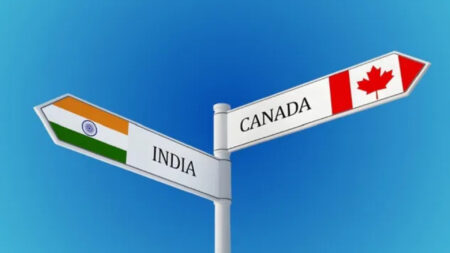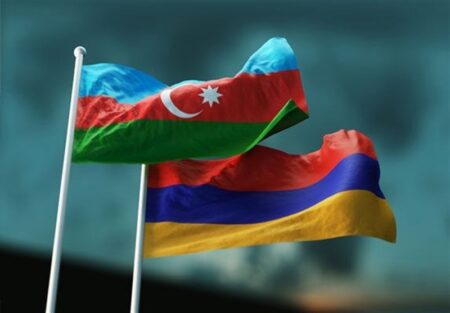The largest- allocation of IMF special drawing rights (SDR), equivalent to $650, is all set to go into effect on Monday. But the IMF is probably not letting the Taliban touch any of it.
How much money Taliban have?
Afghanistan’s economy is shaped by fragility and aid dependence, with around 75% of spending funded by grants.
The aid has already been decreased by about 20% in 2016-2020, as many donors pledged for single-year donations.
According to the latest SDR exchange rate report, Afghanistan currently has around $52.5 m, which will be increased to $460m if it gets access to IMF grants.
The country’s central bank has listed around $10 billion as gold, silver, and foreign cash reserves.
Following the UN report, the Taliban has an annual income between $300m to $1.6 annually. They have a lot of support from wealthy individuals and a network of the non-governmental charitable foundation.
Can the Taliban have easy access to Afghan’s resources?
The US has a large chunk of Afghanistan’s assets, and the Taliban is under its economic sanctions. The US has already frozen Afghanistan’s central bank access to resist any transactions and stopped the shipments of dollars to the country.
The Taliban is unlikely to gain access to more than 0.1-0.2% of the funds concerning other international funds, following Mr Ahmady’s tweet last Sunday.
Without any treasury approval, it is also unlikely that any of the other donors will support the Taliban government in these times.
Different options for Taliban
There has been some speculation that China and Russia are keen to fill the gap created by the American withdrawal.
China has its eye on Afghanistan’s mineral deposits which accounts for more than $1 trillion in worth. But to extract these minerals, heavy infrastructure and costly technology is a must need.
China has already invested a good amount in the past but wasn’t able to profit much.
And the question of whether China will take a step ahead towards the Taliban when the whole world is already against it is doubtful to be answered.
The Taliban’s leader wishes to establish an Emirates of Afghanistan, which is a very costly affair. But Taliban is possibly to go till any extent to full-fill its motives- trough hook or by crook.
They are most likely to continue their illegal method of money generation through their criminal activities.
According to a UN Security Council report, drug trafficking, opium cultivation, extortion, kidnapping, and mineral exploitation are a collection of areas under the Taliban’s influence.
What the future holds for Afghanistan?
More than 47% of Afghanistan’s population lives below the poverty line in 2020, with more than 34.3% of people having a job that pays less than $1.90 per day. Most households rely on the low-productivity agriculture sector for their income, which is difficult considering the region’s arid terrain.
Security issues, corruption and political instability have already held back private-sector development, leading Afghanistan to rank 173rd out of 190 countries in the World Bank’s 2020 Doing Business Survey.
Unemployment stood at 11.7% in 2020 pre-Taliban rule before people began fleeing the country and women were dismissed from the jobs. There’s a grim picture of depreciating currency, surging inflation and rising food prices.
Taliban has the remote to control the lives of the people, and on the other side, there’s no means of help for the crying population; this is something of a holocaust the world is witnessing where there is possibly no future to talk about.













